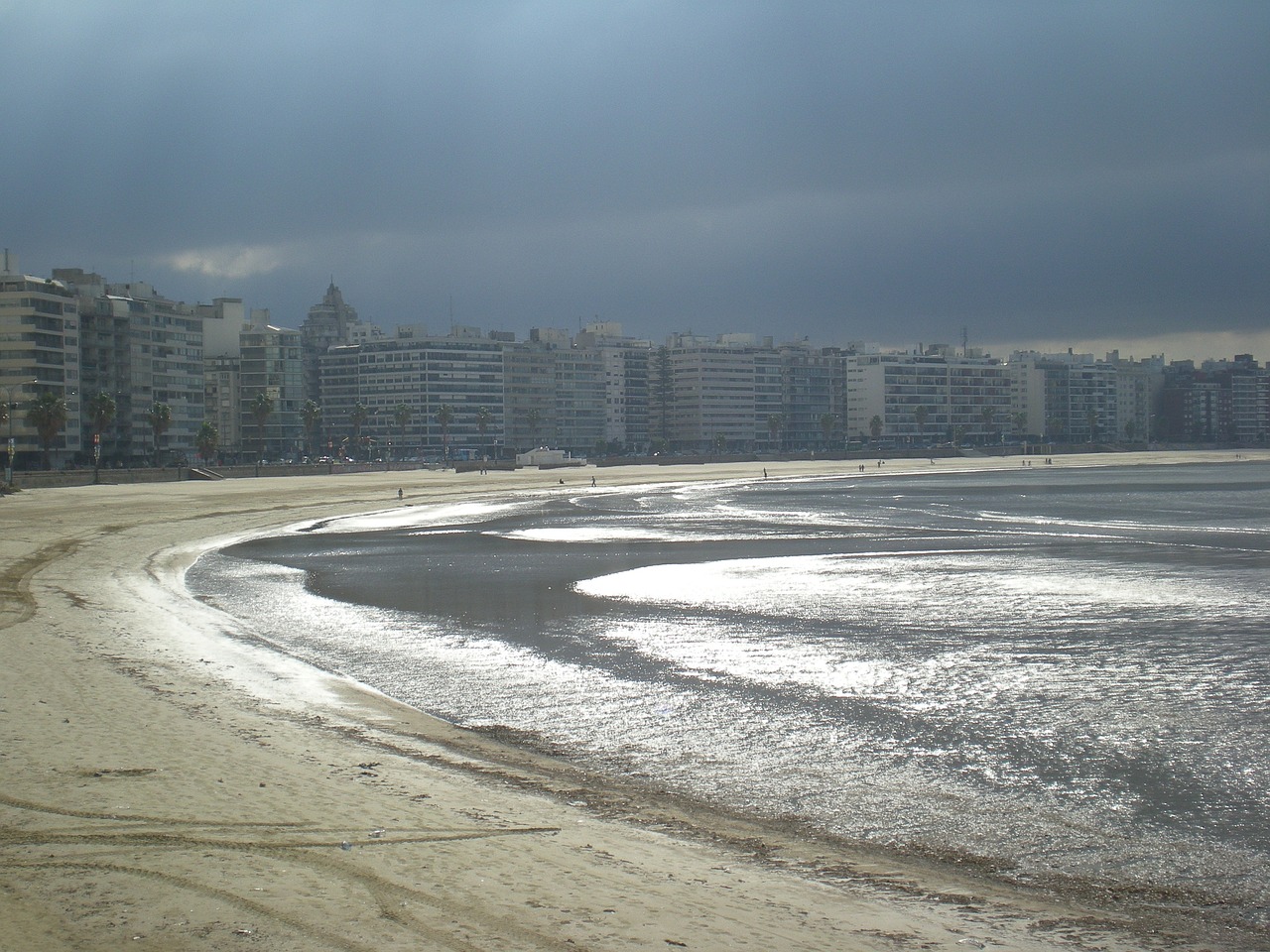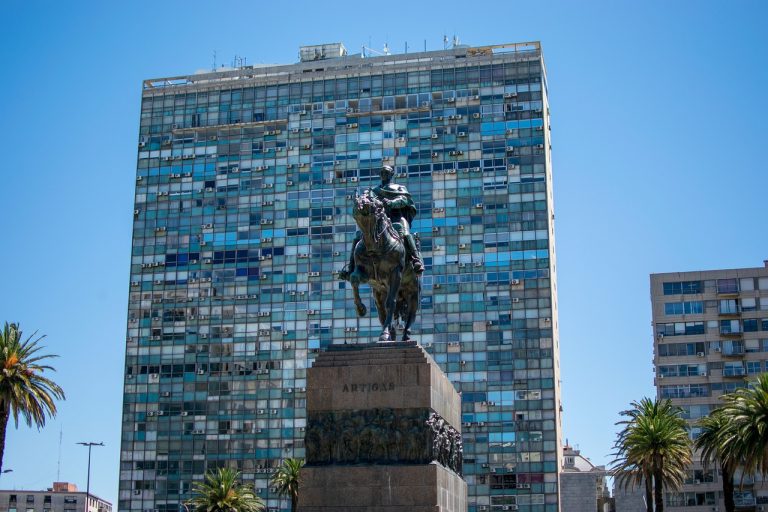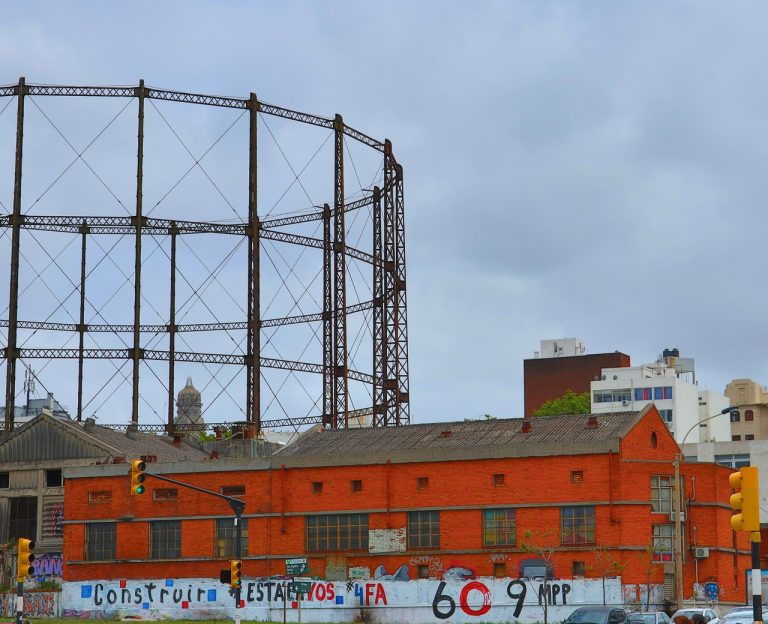Montevideo Uruguay Video
Historical Treasures of Montevideo Uruguay: Reliving the Past
Montevideo, the capital city of Uruguay, is a treasure trove of historical landmarks and cultural heritage. From ancient fortresses to grand theaters, the city offers a glimpse into its rich past. This article explores the historical treasures of Montevideo, allowing visitors to relive its fascinating history. Join us on a journey through time and discover the hidden gems that make Montevideo a unique destination.
The Old City: Preserving Montevideo’s Heritage
The Old City, also known as Ciudad Vieja, is the historic heart of Montevideo. It is home to numerous architectural gems that showcase the city’s colonial past. Walking through its cobblestone streets, visitors can admire beautiful buildings such as the Solis Theatre, which is the oldest theater in Uruguay. Another highlight is the Metropolitan Cathedral, an impressive neoclassical structure that dates back to the 18th century.
- Plaza Independencia: Located at the heart of the Old City, Plaza Independencia is a historic square that serves as a gateway to Montevideo’s downtown area. It is home to the iconic Palacio Salvo, a majestic building that was once the tallest in South America.
- Citadel Gate: The Citadel Gate, also known as Puerta de la Ciudadela, is a remnant of the city’s old defensive walls. It is a symbol of Montevideo’s colonial past and offers a glimpse into its military history.
- Museo Torres Garcia: This museum is dedicated to the work of Joaquín Torres García, one of Uruguay’s most renowned artists. It houses a collection of his paintings, sculptures, and drawings, providing insight into the development of modern art in Uruguay.
Keywords: Montevideo Old City, Ciudad Vieja, Solis Theatre, Metropolitan Cathedral, Plaza Independencia, Palacio Salvo, Citadel Gate, Museo Torres Garcia.

The Rambla: A Coastal Promenade with Historical Charms
The Rambla is a picturesque coastal promenade that stretches along the banks of the Rio de la Plata. It offers stunning views of the river and is dotted with historical landmarks.
- Monument to La Carreta: This iconic monument depicts a traditional ox-drawn cart and pays homage to the country’s rural heritage. It is a popular meeting point and serves as a symbol of national identity.
- Fortaleza del Cerro: Perched atop a hill overlooking the city, Fortaleza del Cerro is a 19th-century fortress that played a crucial role in defending Montevideo during various conflicts. Today, it houses a museum that showcases its military history.
- Montevideo Sign: Located near the entrance of the Rambla, the Montevideo Sign has become a popular spot for tourists to take photos. It spells out the city’s name in large letters and offers a great backdrop for capturing memories.
Keywords: Montevideo Rambla, Rio de la Plata, Monument to La Carreta, Fortaleza del Cerro, Montevideo Sign.

Palacio Legislativo: A Magnificent Seat of Democracy
The Palacio Legislativo, or Legislative Palace, is an architectural masterpiece that houses the legislative branch of the Uruguayan government. Its grandeur and neoclassical design make it one of the most impressive landmarks in Montevideo.
- Plaza de los Treinta y Tres Orientales: Located in front of the Palacio Legislativo, this square is dedicated to the heroes of Uruguay’s struggle for independence. It features a monument depicting the 33 Orientales, a group of patriots who fought for freedom.
- Chamber of Representatives: Visitors can explore the Chamber of Representatives, where the country’s lawmakers debate and pass laws. The interior of the chamber is adorned with beautiful artwork and intricate details.
- Library of the Legislative Palace: The library houses an extensive collection of books, documents, and historical archives. It is a valuable resource for researchers and scholars interested in Uruguay’s political history.
Keywords: Palacio Legislativo, Legislative Palace, Plaza de los Treinta y Tres Orientales, Chamber of Representatives, Library of the Legislative Palace.
Teatro Solis: A Cultural Gem
Teatro Solis is Uruguay’s most prestigious theater and a symbol of the country’s cultural heritage. Built in the 19th century, it has hosted countless performances, including operas, ballets, and plays.
- Teatro Solis Museum: Adjacent to the theater, the Teatro Solis Museum offers a fascinating journey through the history of performing arts in Uruguay. Visitors can explore its exhibitions, which include costumes, set designs, and archival materials.
- Guided Tours: The theater offers guided tours that provide insight into its architecture, backstage areas, and historical significance. Visitors can learn about the theater’s construction and its role in shaping Montevideo’s cultural landscape.
- Performances: Attending a performance at Teatro Solis is a must-do experience for art enthusiasts. The theater hosts a diverse range of shows, from classical music concerts to contemporary dance performances.
Keywords: Teatro Solis, Teatro Solis Museum, guided tours, performances, Montevideo cultural heritage.

The National Museum of Visual Arts: Showcasing Uruguay’s Artistic Legacy
The National Museum of Visual Arts, also known as Museo Nacional de Artes Visuales, is a cultural institution dedicated to promoting and preserving Uruguay’s visual arts. It houses a vast collection of paintings, sculptures, and installations.
- Uruguayan Art: The museum’s permanent collection features works by prominent Uruguayan artists, including Joaquín Torres García, Pedro Figari, and Rafael Barradas. It provides an overview of the country’s artistic development and its contribution to the international art scene.
- Temporary Exhibitions: The museum regularly hosts temporary exhibitions that showcase contemporary art from Uruguay and around the world. These exhibitions offer a glimpse into current artistic trends and provide a platform for emerging artists.
- Education Programs: The museum offers educational programs for all ages, including workshops, lectures, and guided tours. These programs aim to engage the public and foster a deeper understanding of visual arts.
Keywords: National Museum of Visual Arts, Museo Nacional de Artes Visuales, Uruguayan art, temporary exhibitions, education programs.
Parque Batlle: A Green Oasis with Historical Significance
Parque Batlle is a sprawling urban park that offers a peaceful retreat from the bustling city. It is named after José Batlle y Ordóñez, a prominent Uruguayan political figure, and features several historical landmarks.
- Estadio Centenario: The Estadio Centenario is one of the most iconic soccer stadiums in the world. It was built to host the inaugural FIFA World Cup in 1930 and has since become a symbol of Uruguay’s passion for the sport.
- Monumento a La Diligencia: This monument commemorates the arrival of the first diligences, horse-drawn carriages, in Montevideo. It serves as a reminder of the city’s transportation history.
- Obelisco a los Constituyentes de 1830: The Obelisk pays tribute to the Constituents of 1830, who drafted Uruguay’s first constitution. It stands as a symbol of the country’s commitment to democracy and political stability.
Keywords: Parque Batlle, Estadio Centenario, Monumento a La Diligencia, Obelisco a los Constituyentes de 1830.
Montevideo Metropolitan Cathedral: A Spiritual Haven
The Montevideo Metropolitan Cathedral, also known as the Catedral Metropolitana de Montevideo, is the main Catholic church in the city. It is a place of worship and a significant religious landmark.
- Architectural Beauty: The cathedral’s stunning architecture combines neoclassical and Gothic elements. Its intricate stained glass windows and ornate decorations create a tranquil and sacred atmosphere.
- Religious Art: Inside the cathedral, visitors can appreciate a collection of religious art, including paintings, sculptures, and religious artifacts. These artworks depict various biblical scenes and saints.
- Religious Services: The cathedral holds regular religious services, providing a place of worship for the Catholic community in Montevideo. Visitors can attend Mass or participate in other religious ceremonies.
Keywords: Montevideo Metropolitan Cathedral, Catedral Metropolitana de Montevideo, architectural beauty, religious art, religious services.
Museo Torres Garcia: The Legacy of a Visionary Artist
Museo Torres Garcia is dedicated to the life and work of Joaquín Torres García, a pioneering figure in Latin American art. The museum showcases his unique artistic vision and his contributions to the art world.
- Constructive Universalism: Torres García developed a philosophy of art called Constructive Universalism, which sought to unite art and culture on a global scale. The museum explores this concept through his paintings, sculptures, and writings.
- Artistic Evolution: The museum offers a chronological display of Torres García’s artworks, allowing visitors to trace his artistic evolution. From his early figurative works to his later abstract compositions, the collection reflects his constant exploration and experimentation.
- Workshops and Educational Programs: The museum organizes workshops and educational programs inspired by Torres García’s artistic principles. These activities encourage visitors to engage with art and explore their own creative potential.
Keywords: Museo Torres Garcia, Constructive Universalism, artistic evolution, workshops, educational programs.
Conclusion
Montevideo Uruguay is a city that proudly preserves its historical treasures, offering visitors a chance to step back in time and relive its fascinating past. From the architectural wonders of the Old City to the cultural landmarks like Teatro Solis and the National Museum of Visual Arts, each historical site tells a unique story. Whether exploring the cobblestone streets of Ciudad Vieja or strolling along the picturesque Rambla, Montevideo’s historical charms are sure to captivate and inspire.
References
- Petit Palace. [Online image]. Retrieved from petitpalace.co.uk
- Montevideo Government. (n.d.). Montevideo. Retrieved from Montevideo.gub.uy
- Ministry of Tourism of Uruguay. (n.d.). Montevideo. Retrieved from turismo.gub.uy
- Museo Torres Garcia. (n.d.). Retrieved from museotorresgarcia.org.uy
- Palacio Legislativo. (n.d.). Retrieved from parlamento.gub.uy
- Teatro Solis. (n.d.). Retrieved from teatrosolis.org.uy
- National Museum of Visual Arts. (n.d.). Retrieved from mnav.gub.uy





